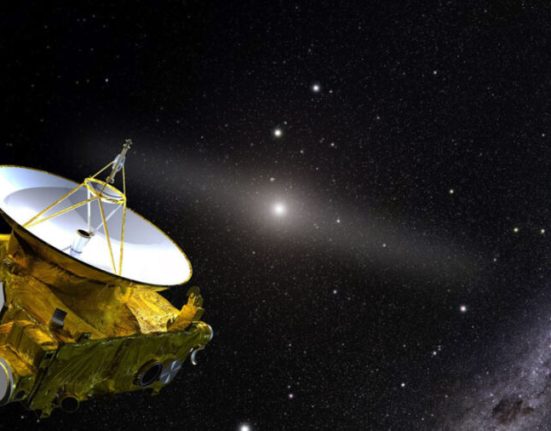Figure 1. Substantial variations in whole brain activity when performing the same or different tasks for a representative subject.
Every thought, action, and emotion we experience is driven by the remarkable complexity of the human brain. When we perform even the simplest of tasks, such as reading a word or tapping a finger, our brains orchestrate a symphony of activity that involves numerous regions working together. But how much of this brain activity is shared by all of us, and how much is uniquely ours? This intriguing question has led researchers to explore the fine line that separates what makes our brains similar and what makes them distinctly individual. By examining brain activity during different tasks, scientists are beginning to unravel the mysteries of how our brains work in ways that are both universally human and uniquely personal.
Understanding how individual human brains function during specific tasks has long fascinated neuroscientists. Recent research led by Dr. Jie Huang of Michigan State University delves deeper into the intricate workings of the brain, uncovering both commonalities and particularities of brain activity when humans perform tasks. Published in Brain Sciences, this study provides valuable insights into the dynamic nature of brain function and its implications for understanding human behavior.
Dr. Huang conducted the study using functional magnetic resonance imaging (fMRI) to investigate brain activity across different tasks. A small group of healthy subjects participated, performing three separate tasks: word reading, pattern observation, and finger tapping. Each subject’s brain activity was monitored during multiple task trials, allowing the researchers to examine how brain function varied not only between individuals, but also from one trial to the next within the same individual.
One of the key findings is that brain activity shows significant variation from trial to trial within the same task type for each individual subject. This variation is not uniform across different tasks. For example, the right-hand finger tapping task consistently activated the left sensorimotor cortex and the supplementary motor area across trials and subjects, suggesting a strong similarity in brain function for this task. However, even within this consistent activation pattern, there were notable differences in the degree of activation between individuals and across trials.
Despite these shared patterns, Dr. Huang’s research highlighted the remarkable individuality of brain activity. This individuality was quantified by comparing the spatial correlation of brain activity maps across different tests and tasks. The results revealed that while some brain regions showed consistent activation patterns, overall brain activity varied significantly across individuals, emphasizing the personalized nature of brain function.
Discussing these findings, Dr. Huang said, “Our study demonstrates that while there are commonalities in brain activity when performing specific tasks, individuality in brain function is profound. This individuality is crucial to understanding the neural basis of individual clinical and behavioral traits.”
The implications go beyond understanding basic brain function. The variability in brain activity observed in this research could have significant implications for personalized medicine, particularly in developing tailored interventions for neurological and psychiatric disorders. By understanding the unique patterns of brain activity in individuals, doctors could design more effective treatments that align with each person’s specific neural profile.
Dr. Huang employed a novel method to assess whole-brain activity, correlating task-evoked ideal-time signals with actual brain signals captured during fMRI. This approach allowed them to generate comprehensive spatial maps of brain activity, offering a comprehensive view of how different brain regions work together during task execution. The study also explored common brain activity across subjects, finding that while some task-specific networks were consistently activated across individuals, the degree of activation varied, reflecting the interplay between shared and individual neural processes.
In conclusion, Dr. Jie Huang’s work sheds light on the complex and dynamic nature of human brain activity. By revealing both commonalities and particularities of brain function during task execution, this research contributes to our understanding of the neural underpinnings of human behavior. As the field of neuroscience continues to explore these dynamics, studies such as this one will be crucial to advancing our knowledge and informing future clinical applications.
Journal reference
Huang, J. (2024). The similarity and individuality of human brains in performing tasks. Brain Sciences, 14(125). DOI: https://doi.org/10.3390/brainsci14020125
About the author


Jie HuangDr. Huang is a Professor in the Department of Radiology at Michigan State University. For the past 25 years, he has been conducting MRI-based research, including technique development, image acquisition and analysis, and application of advanced MRI techniques in both basic science and clinical research. His research interests are mainly focused on neuroimaging of the human brain. Dr. Huang recently conceived the concept of FAUPA (functional area of unitary clustered activity) and invented a method to identify FAUPAs with fMRI. He defined a FAUPA as an area in which the temporal variation of activity is the same throughout the area, i.e., the clustered activity is a unitary dynamic activity. The determination of a FAUPA is objective and automatic without the need for a priori knowledge of the activity-induced BOLD response, providing a new data-driven method for identifying FAUPAs for each individual brain with or without task performance. With the identified FAUPAs, he quantified the relationship of brain area activity to whole-brain activity for each individual brain. His current research is reflected in his 5 single-author peer-reviewed journal publications.













Leave feedback about this